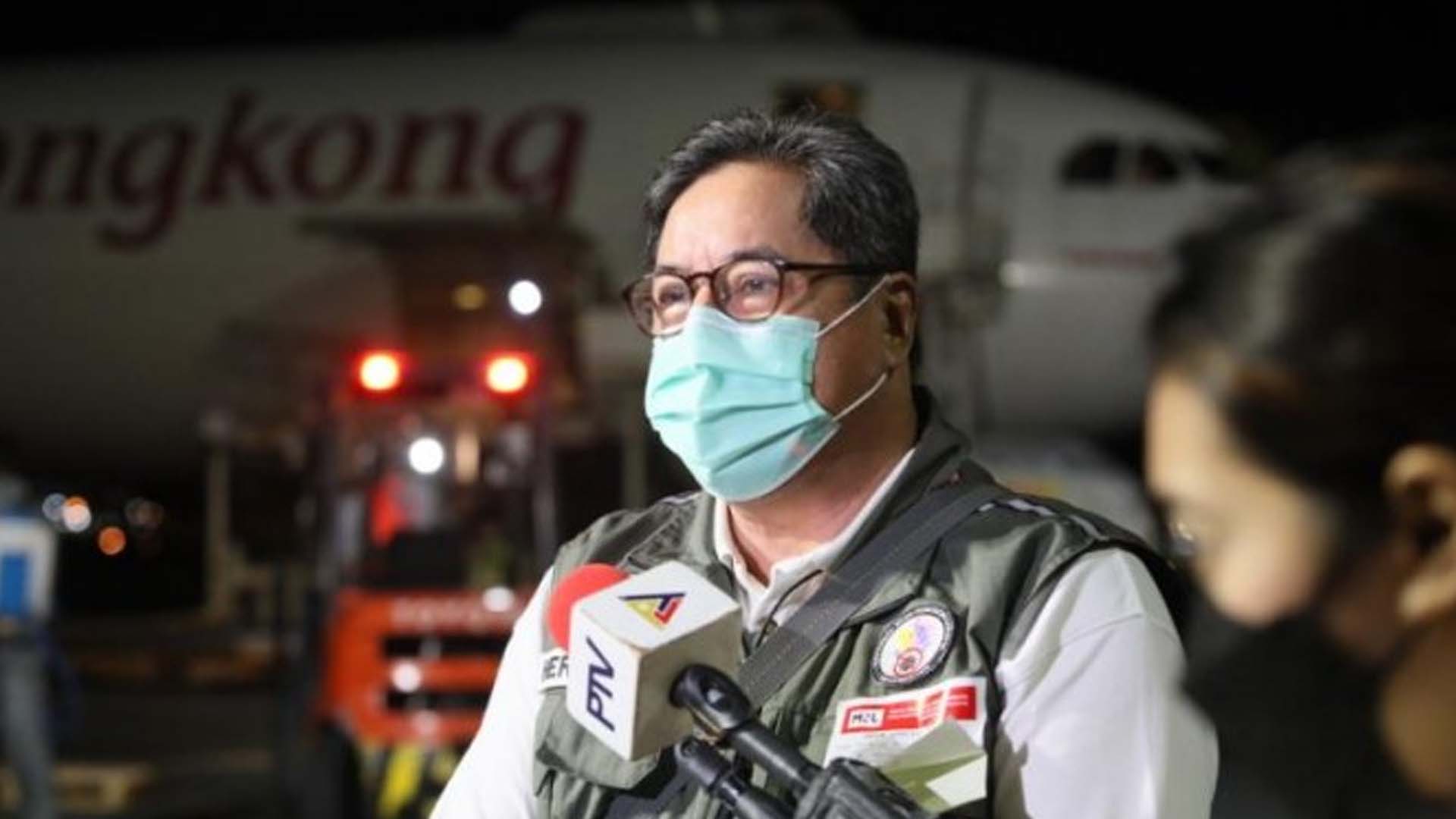The Department of Health (DOH) is planning to implement a shorter treatment scheme for tuberculosis (TB) by the third quarter of this year.
Health Secretary Teodoro Herbosa said the treatment would be a four-month therapy for individuals suffering regular drug-susceptible TB who previously must go through nine to 12 months of treatment.
“The WHO [World Health Organization] has recommended us to adopt the four months treatment for regimen, which is two months for a certain list of drugs and another two months for a different set of drugs. This is for the regular drug-susceptible tuberculosis,” he said in a media forum on Monday.
However, individuals with drug-resistant tuberculosis would have to undergo six months of treatment.
Appointed Action Officer for TB and HIV Dr. Kezia Lorraine Rosario said these new guidelines ensure that patients undergoing the treatment course would have a shorter span of intake “therefore falling out of the treatment will be lessened”.
“The one that is suitable for the adults, that’s two months each, these are the isoniazid, rifampicin, pyrazinamide and ethambutol,” she said.
“Children until 12 years old that would be a combination of two sets of drugs which is the isoniazid, rifampicin, moxifloxacin, and pyrazinamide.”
Apart from a new set of drugs for treatment, the DOH would be incorporating new technologies for case finding.
“’Yung GeneXpert ginamit din natin ito (The GeneXpert which we used) during Covid. In fact, we used a different cartridge to detect Covid quickly but when it was brought to the Philippines, it is for the Global Fund to detect TB, so it has a cartridge where sputum can be put and then we identify the multiple drug-resistant TB because it is genetic,” Herbosa said.
He disclosed there would also be a supplemental pilot implementation of a lateral flow test for TB detection, especially for people living with HIV (PLHIV) as many of the new active TB cases are among the PLHIV.
“We will use artificial intelligence in TB detection by radiographs that can be read by AI, makita pa lang ‘yung radiograph (when the radiograph is seen), the machine already diagnoses the presence or absence of TB,” he added.
To ensure all TB cases are known, Herbosa said the DOH would use a connectivity software to support real-time capture and sharing of customized data for uploading to the registry.
Digital adherence tools for video-observed treatment and TB preventive treatments against recurrence in the same household would also be implemented, Herbosa added.
Based on the 2022 WHO Global TB Report, the Philippines is one of the eight countries accounting for two-thirds of the estimated global TB cases.
It is also one of the countries that contribute to most of the estimated increase in TB deaths, along with neighboring Indonesia, Myanmar, and India.
It ranked third among the top contributing countries to the global drop in TB case notifications due to Covid-19-related restrictions in 2021. Its notifications decreased by 37 percent in 2020 and 21 percent in 2021.
In 2021, the country reported an incidence rate of 650 per 100,000 which is higher than the 533 per 100,000 in 2020. The highest case notification rates were in the National Capital Region, Region 4-A (Calabarzon), and Western Visayas.
The DOH restarted its case-finding campaign in 2021. Partial data for 2022 showed that 433,746 cases were notified which is higher than the 409,200 cases for 2019.
Earlier, President Ferdinand R. Marcos Jr. instructed Herbosa to address the country’s TB situation using a whole-of-society approach with the full participation of national and local governments, academe, societies and development partners, and the private sector and practitioners. (PNA)




















